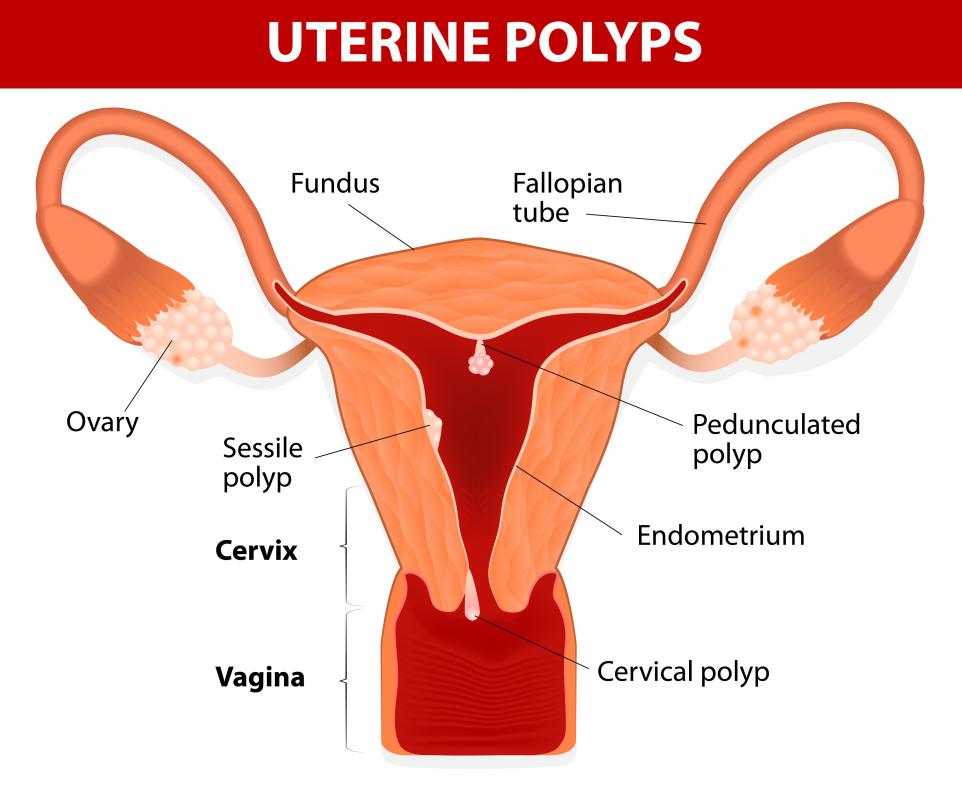At WiseGEEK, we're committed to delivering accurate, trustworthy information. Our expert-authored content is rigorously fact-checked and sourced from credible authorities. Discover how we uphold the highest standards in providing you with reliable knowledge.
What are Uterine Forceps?
Uterine forceps are a specialty surgical instrument designed for grasping and clamping tissue within a woman's uterus. Most uterine forceps are made from carbon steel and have finger holds that resemble scissors with a clamp or grasping surface on the opposite end. Obstetric and gynecological forceps are often lumped into the same group and referred to as uterine forceps because many can be used interchangeably. Most procedures that call for uterine forceps usually involve clamping vessels or tissue around the uterus or removing tissue for biopsy and other testing.
Uterine forceps can be locking or non-locking. Locking forceps are hinged in the center much like a pair of scissors and can be put in place and released. Non-locking models are shaped more like tweezers and must be squeezed in order to remain clamped. Varieties can be stainless steel that have to be sterilized in an Autoclave after each use, or they can be disposable forceps made from plastic and designed to be discarded.

One of the most common uses for standard uterine forceps is tissue, polyp and tumor removal. They're also used for clamping and moving the uterine wall, clamping the uterine artery and handling uterine dressings. While the common appearance of forceps is like a pair of scissors, many types of uterine forceps are more specialized to make it easier for the doctor to grasp tissue. Some have the scissors-like handle with the grasping clamps at a complete right angle to the handle. Other forceps are curved to make them easier to use.

While many types of uterine forceps can be used for a variety of procedures, some are designed specifically for one task. Hysterectomy forceps, for instance, are uterine forceps that are designed with locking teeth to clamp off the tough ligaments on each side of the uterus as they're being cut. Another specific type of surgical equipment is used to help deliver a baby. While these are sometimes called uterine forceps because they're in the same instrument group, they're more commonly called obstetric forceps. These are larger and curved because the end that grasps is designed to fit around a baby's head to help it progress down the birth canal.

Hemostatic forceps are designed to clamp off blood vessels. These can usually be used interchangeably on vessels throughout the body as well as the uterus. Tumor and polyp removal are typically done using specialty polyp forceps, while tissue removal for testing is done with biopsy forceps. Any of these surgical tools can be used for other purposes, however. It's not uncommon for specialty forceps to be used for other procedures on other parts of the body if they seem like the best fitting tool for the surgeon to use.
AS FEATURED ON:
AS FEATURED ON:















Discuss this Article
Post your comments